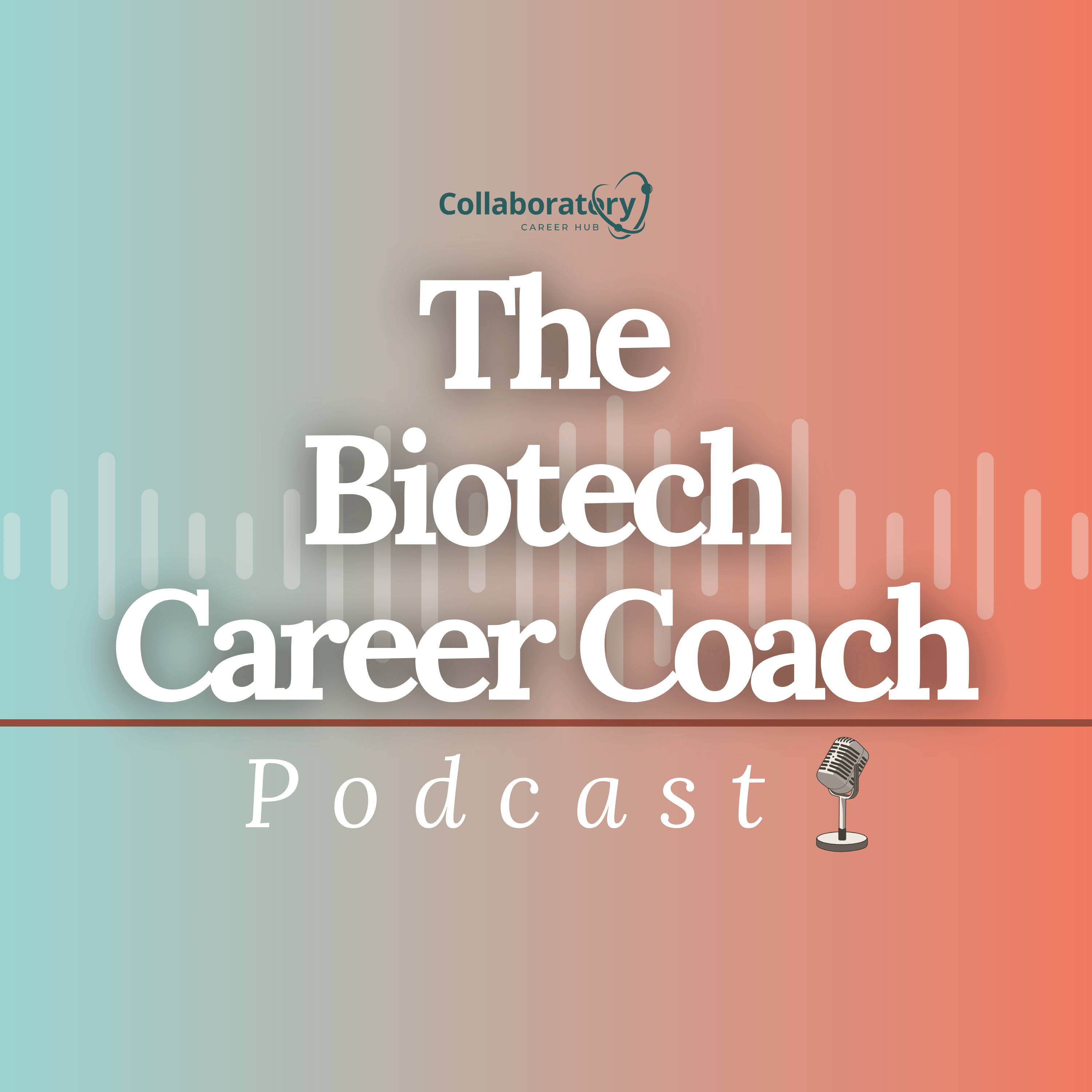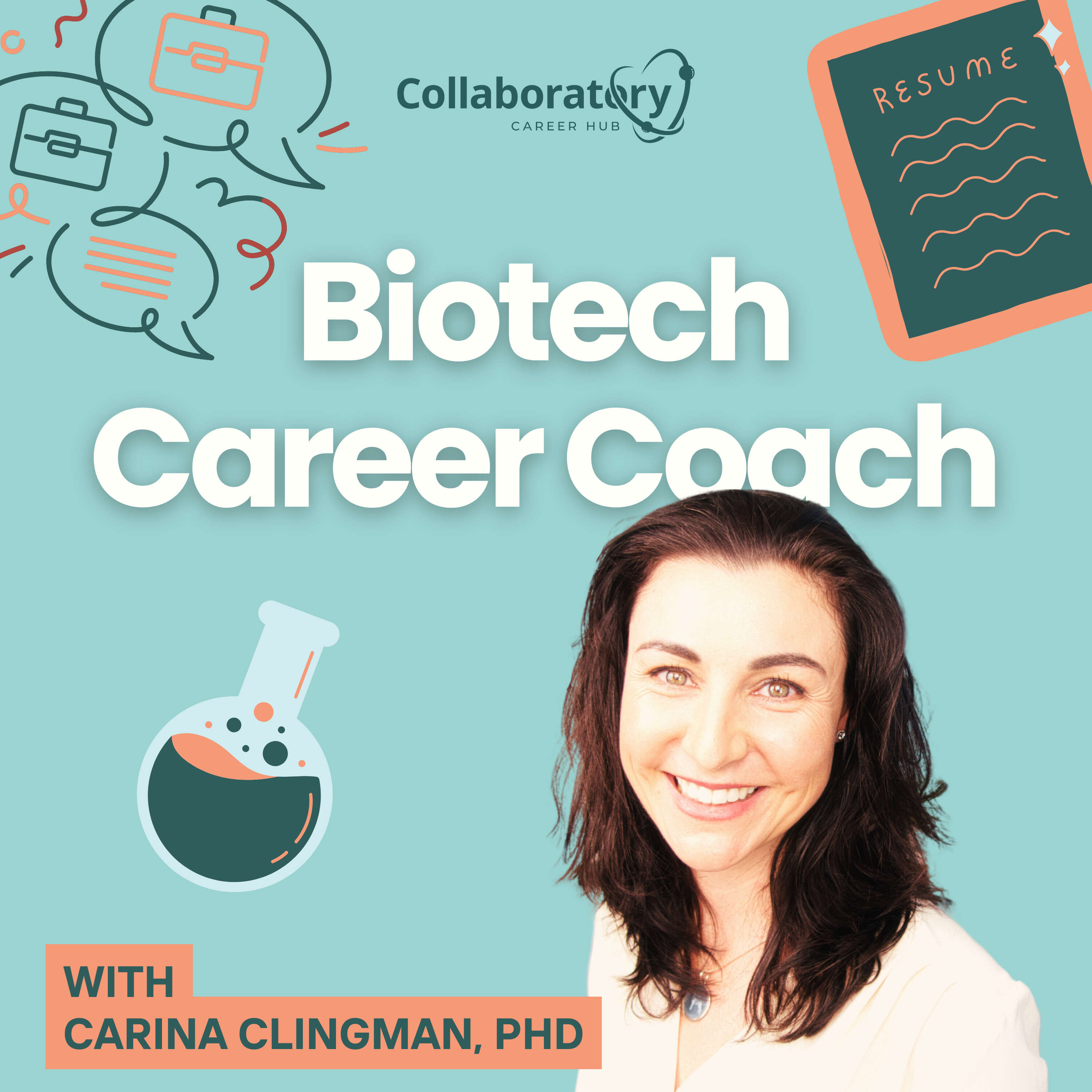Episode 43
Smart Questions to Ask in Your Recruiter Screen (and How to Use the Answers to Win the Next Round)
This week, Carina shows how to turn a short recruiter phone screen into a competitive advantage across the entire hiring process. Learn specific recruiter screen questions that uncover role must-haves, disqualifiers, and success criteria in the first 90 days, plus how to identify the tools, platforms, instrumentation, and assay techniques used by the team. Learn to gauge scope, autonomy, cross-functional collaboration, and culture signals without asking vague questions like “what’s the culture like?”, and use the responses to tailor your resume immediately with the right keywords, skills, and project language. Carina walks through a fast post-call workflow: capture tool names, assay types, team interfaces, and process timelines, then rewrite your highlights and bullet points using the company’s terminology to pass keyword screens and resonate with hiring managers. You’ll also get a concise thank‑you email structure that reinforces fit and provides your updated resume. Finally, Carina shares an advanced technique for using smart questions to surface your strongest story even if the interviewer doesn’t prompt it, so you can showcase your skills even if an interviewer doesn’t ask the right questions.
Learn more about the Collaboratory Career Hub community and access our free resources:
Join our Skool Community
Take the Free 7-day Interview Sprint Challenge
Check out our sister podcast: Building Biotechs
Send Carina a connection request on LinkedIn!
Stay connected with us:
🌐 Website
00:00 Why the recruiter screen matters more than you think
01:00 Don’t monopolize the call. Aim for a real conversation
02:05 Questions that reveal must-haves, disqualifiers, and keywords
03:05 What does success in the first 90 days look like and how is it measured?
04:05 Tools and techniques: ask specifics (platforms, instrumentation, assays) to show fluency
05:00 Scope and independence: owning work vs. being a cog
05:45 Team interfaces and workflows to expect, collaboration signals
06:20 Understanding process and timeline. When to follow up
07:05 Turn insights into resume updates with company language and ATS keywords
08:00 Capture tool names, assay types, and lingo that signal fit
09:00 Use AI notes or a prompt set to tailor your resume quickly
10:30 Thank‑you email structure that reinforces fit and invites forwarding
12:00 Avoid weak, generic questions candidates often ask
13:00 Advanced technique: use questions to surface your strongest, relevant story
15:00 Why guiding the conversation matters when interviewers miss key topics


